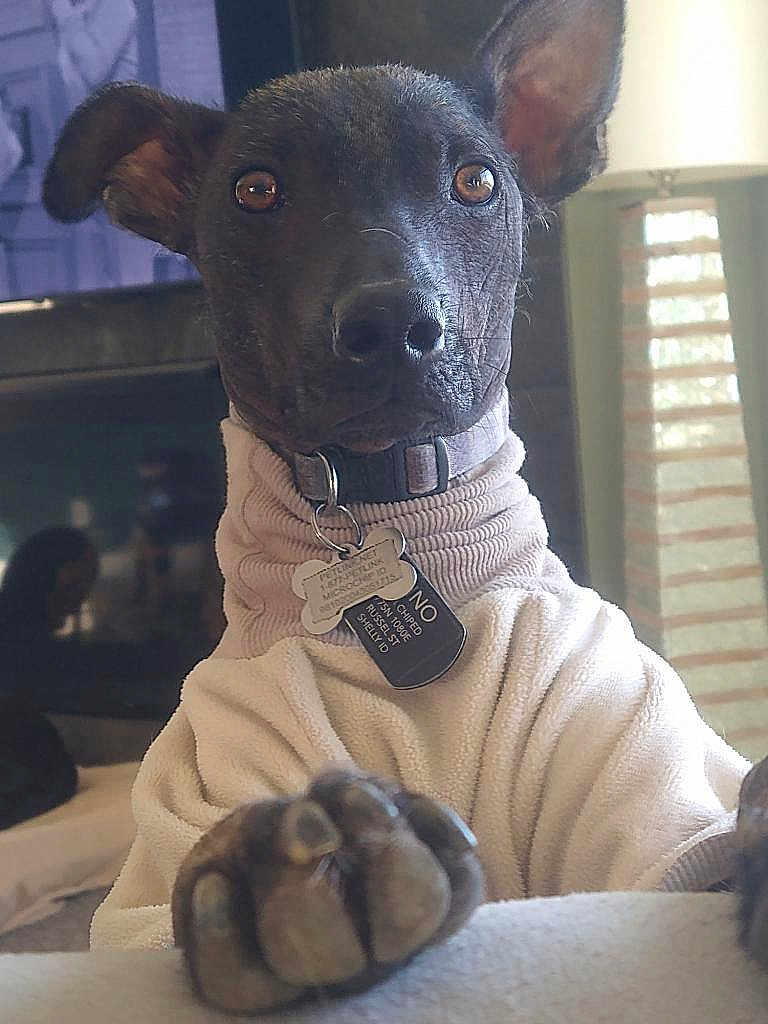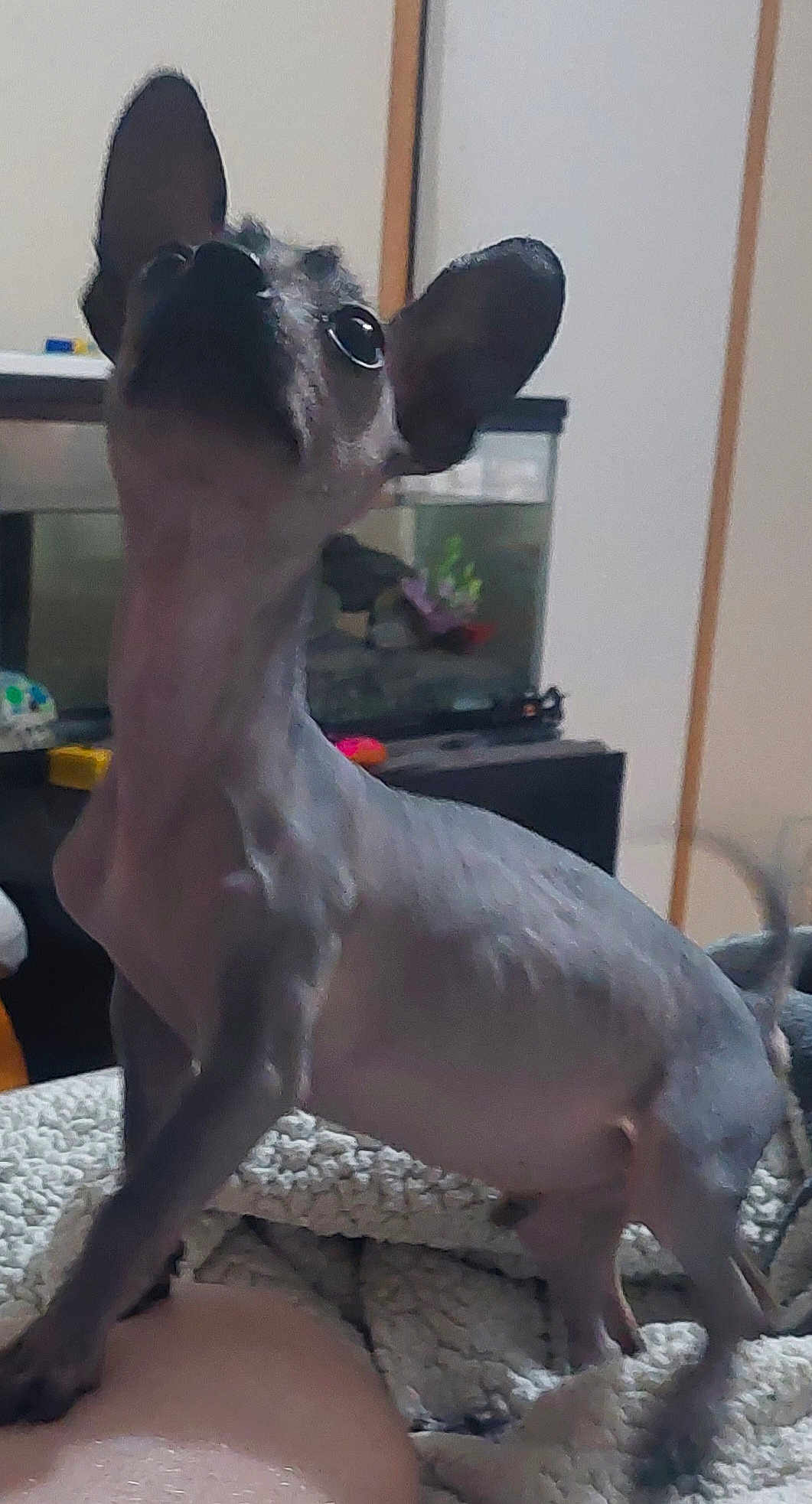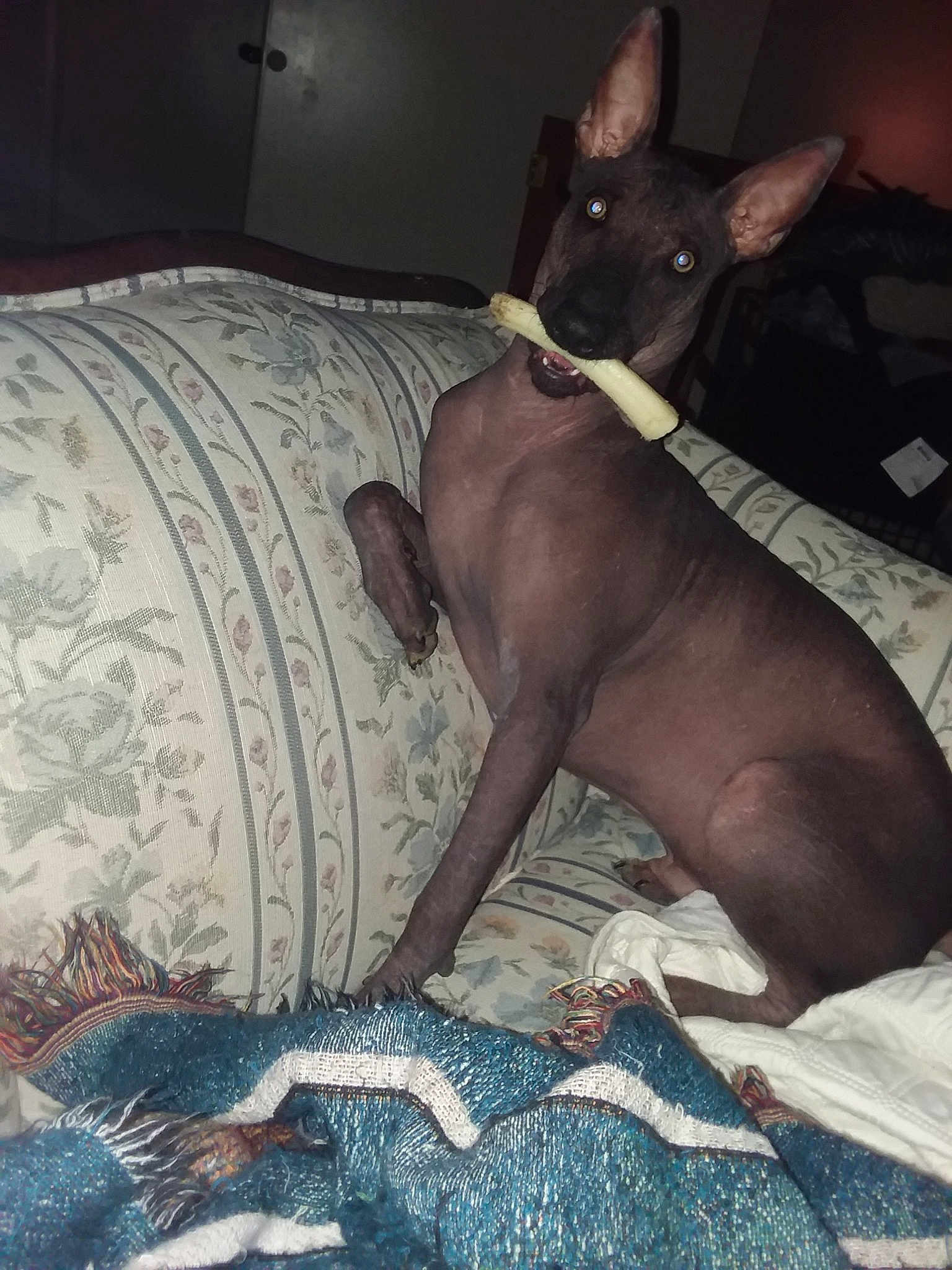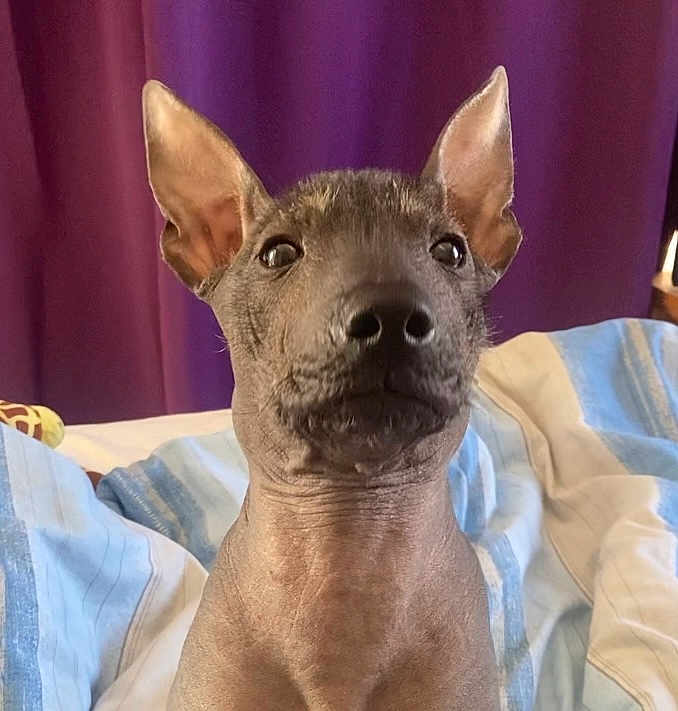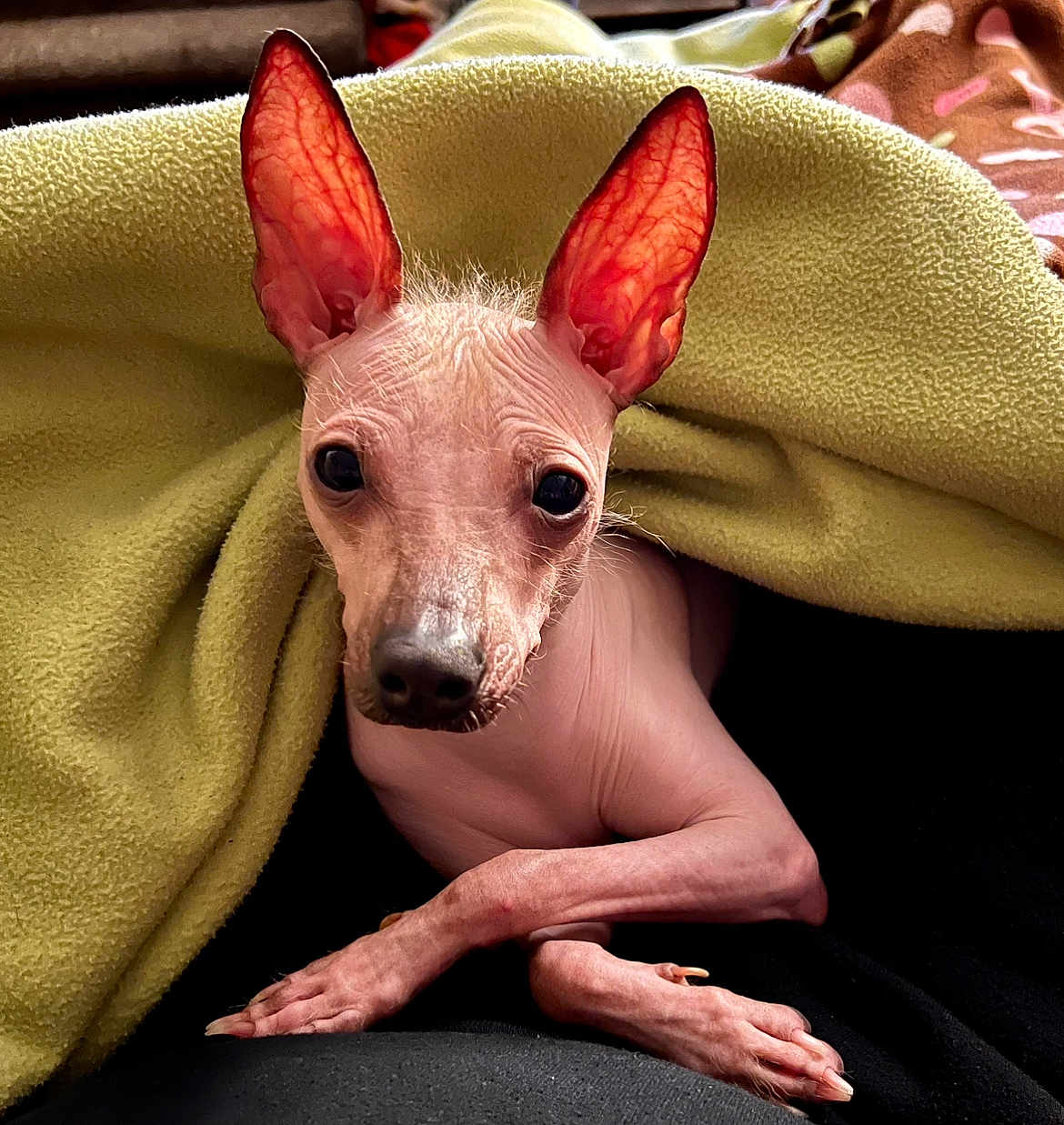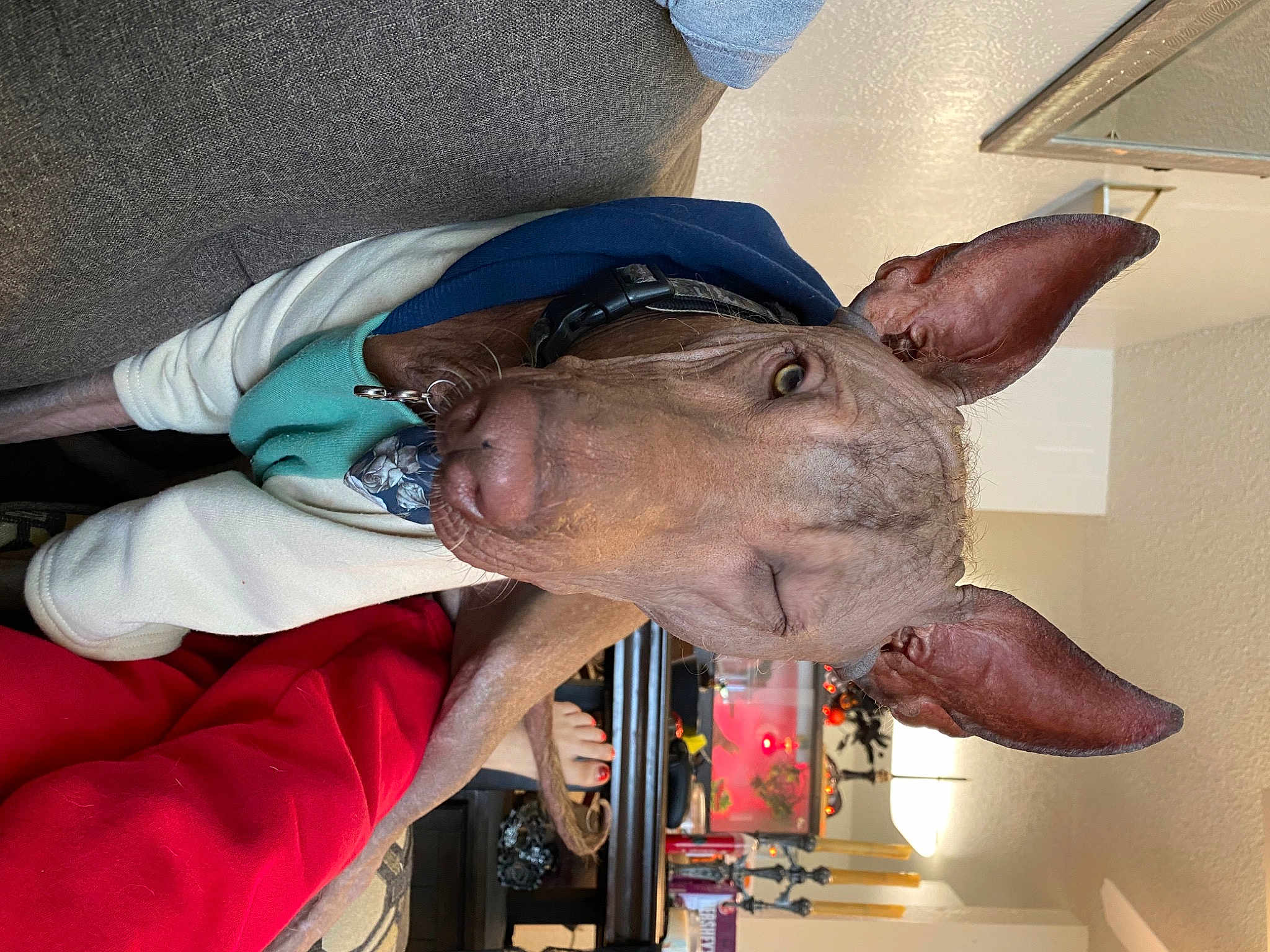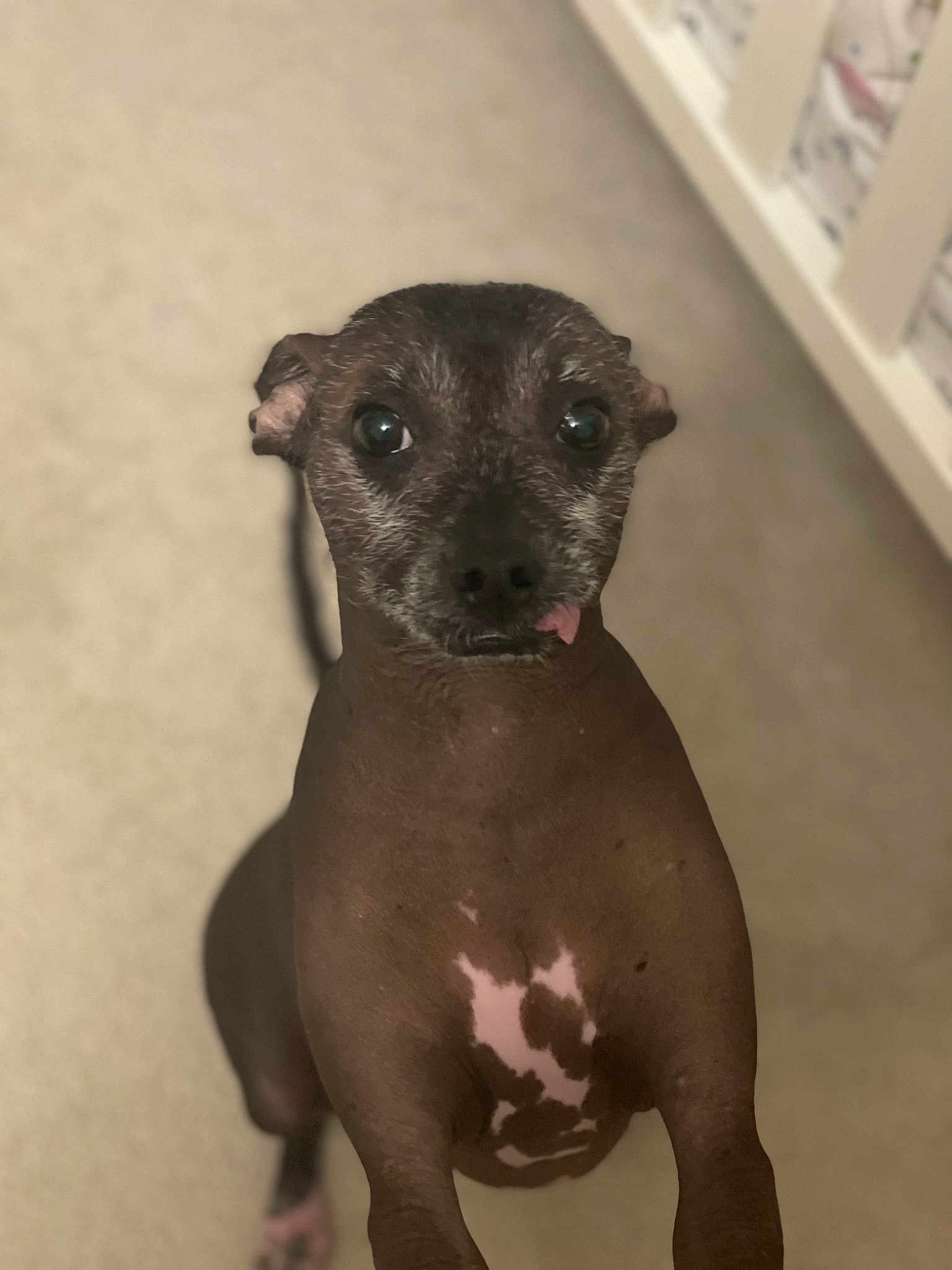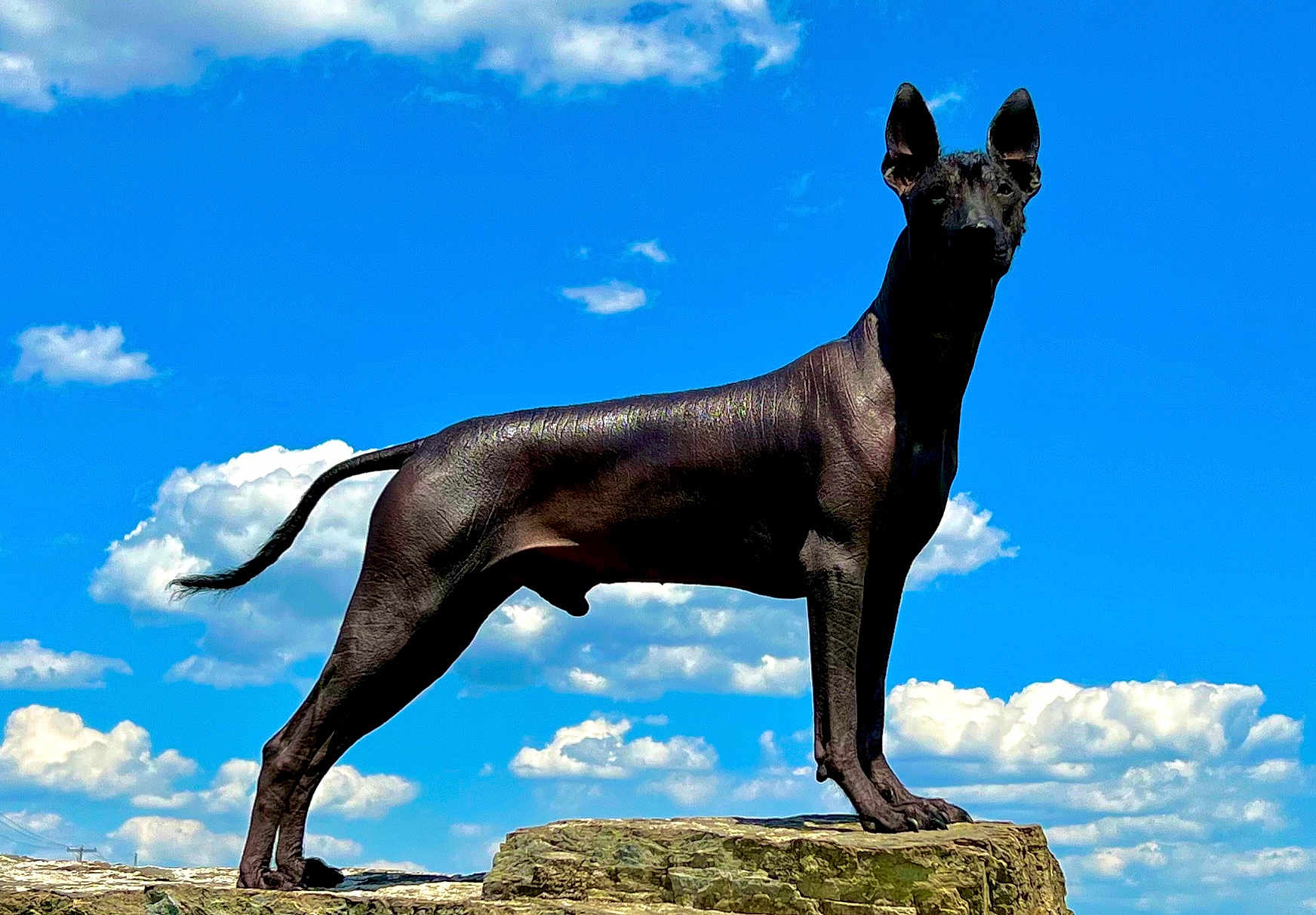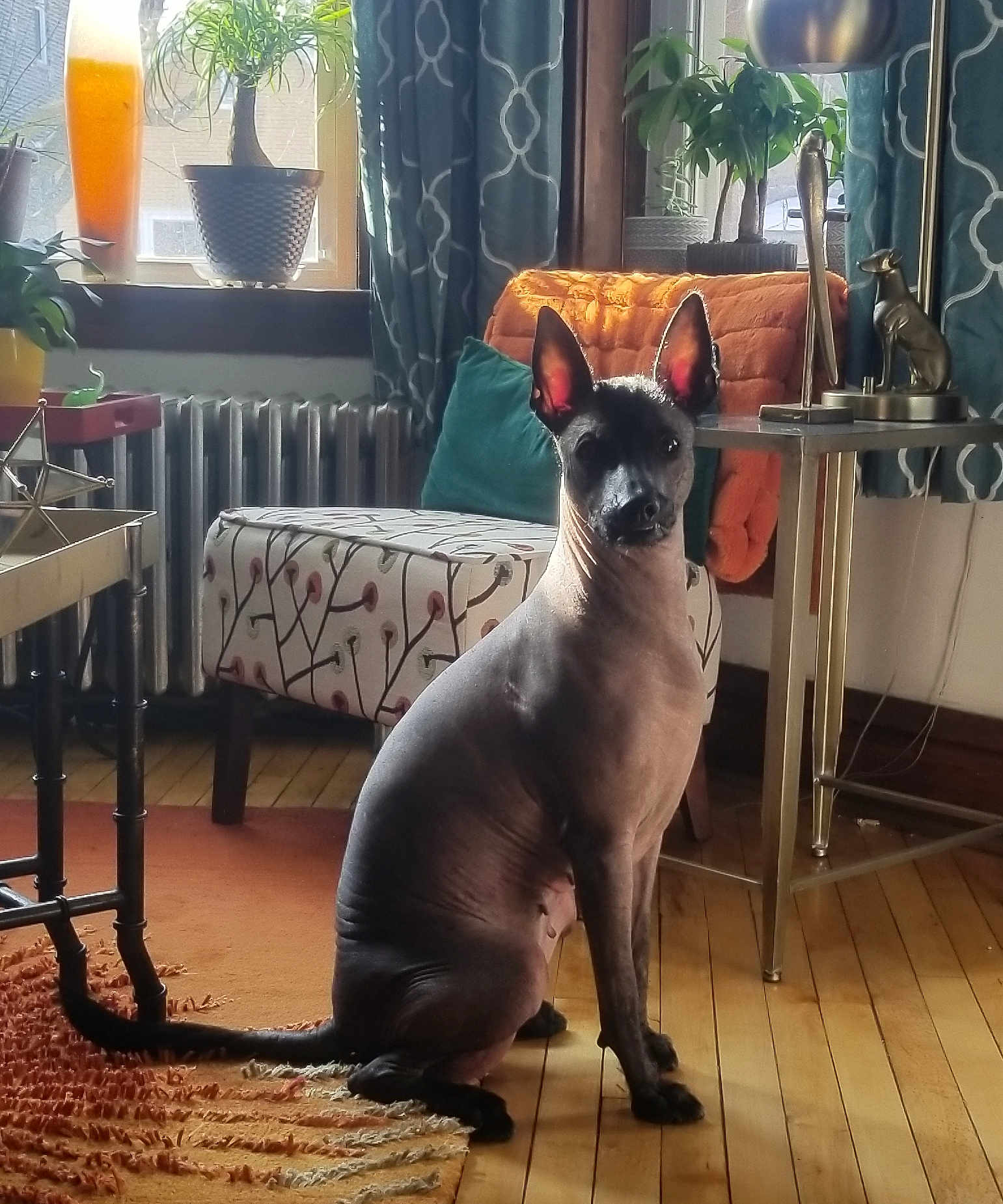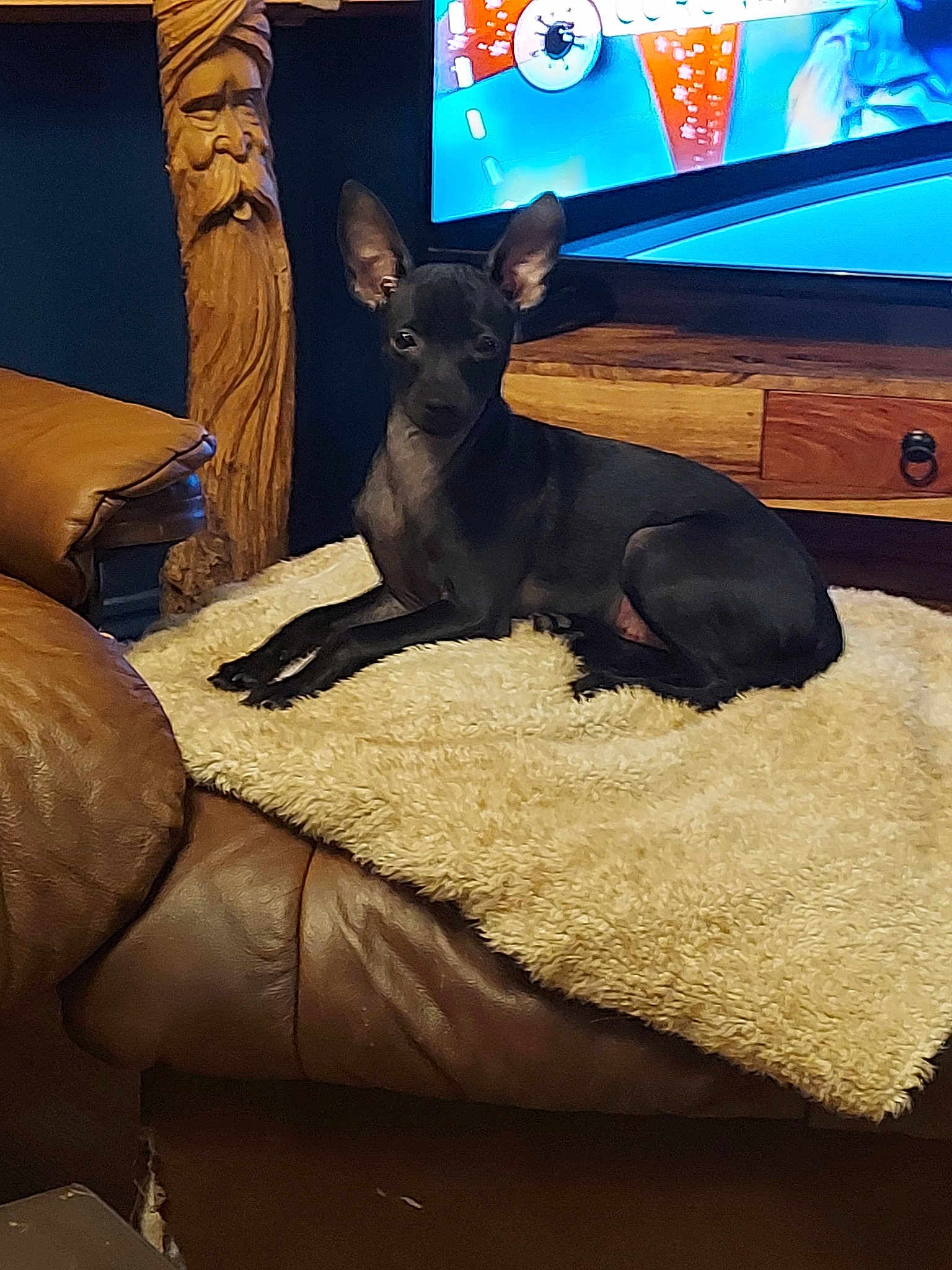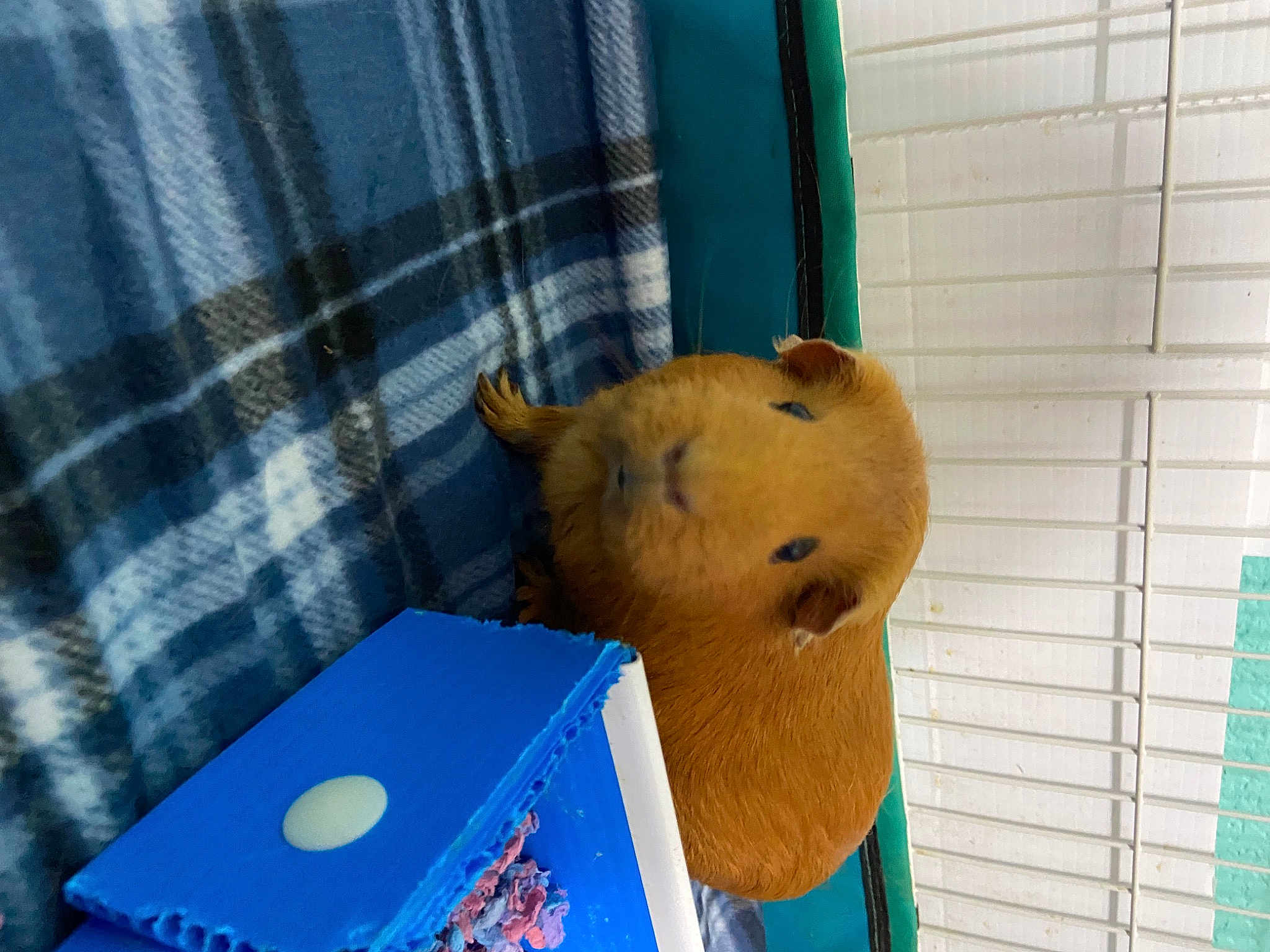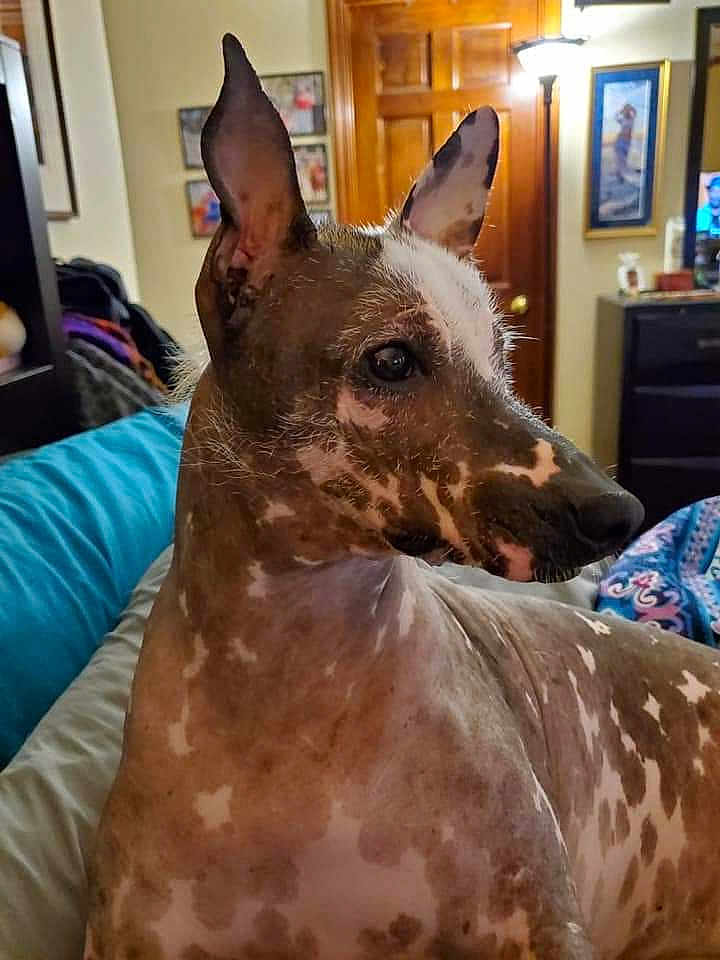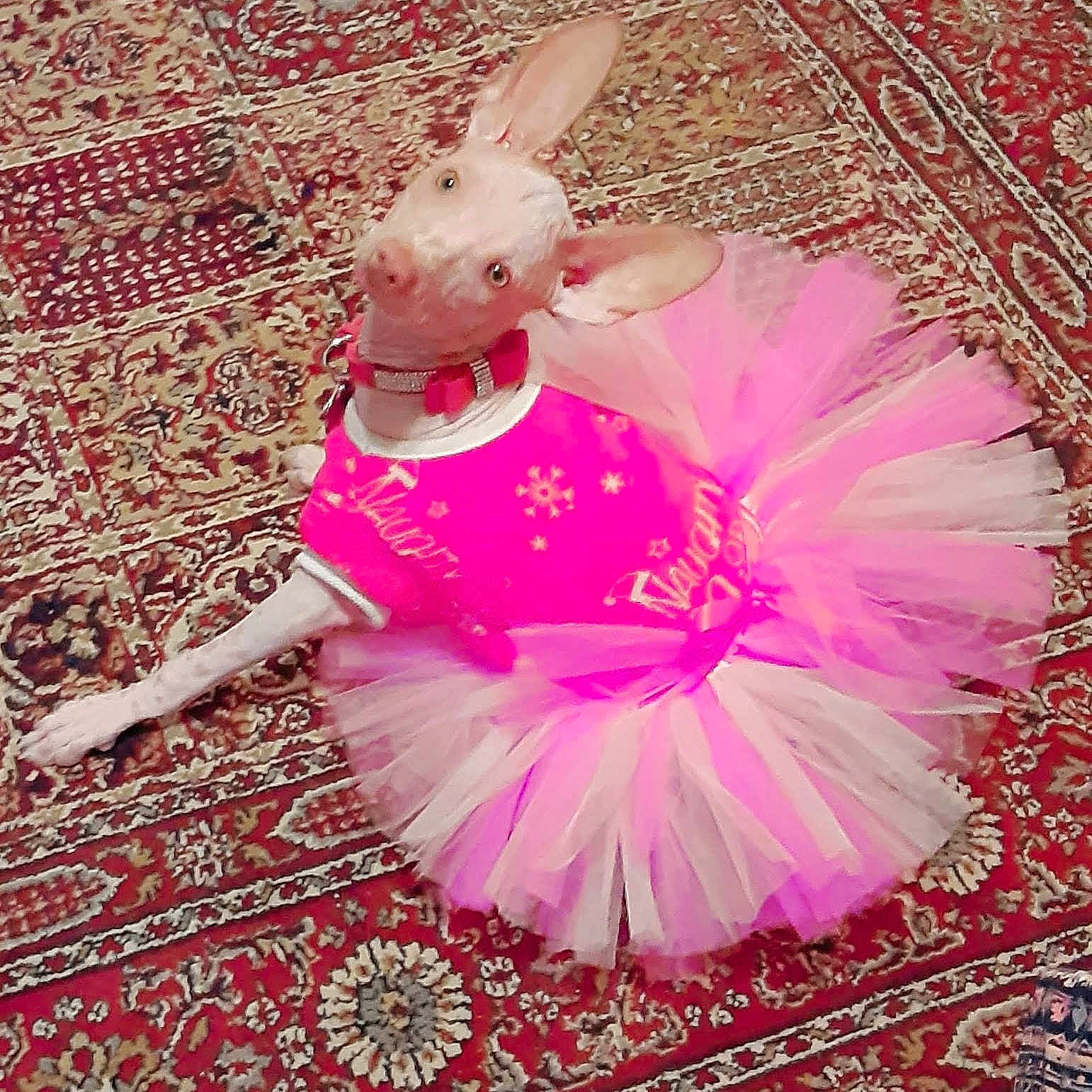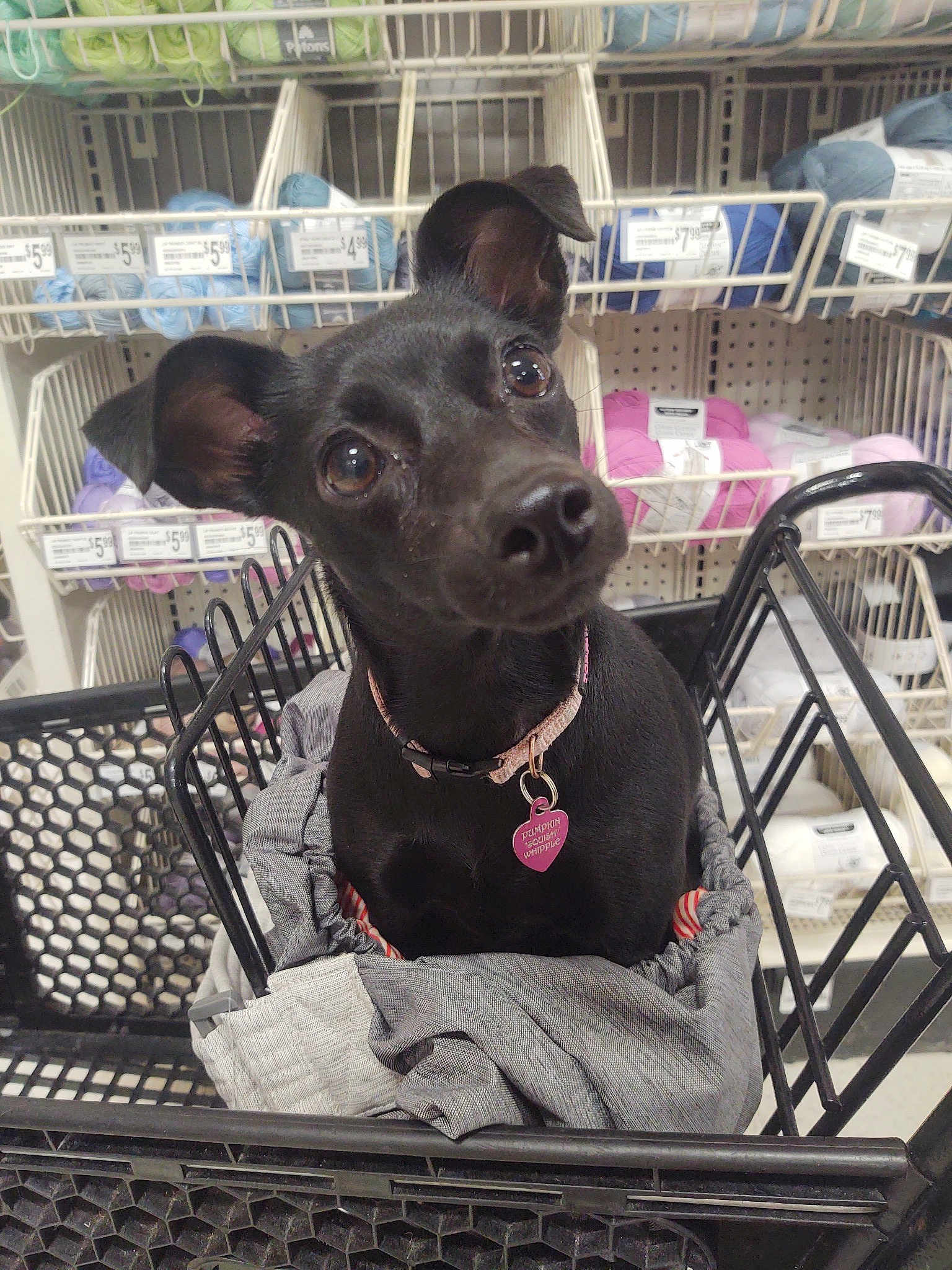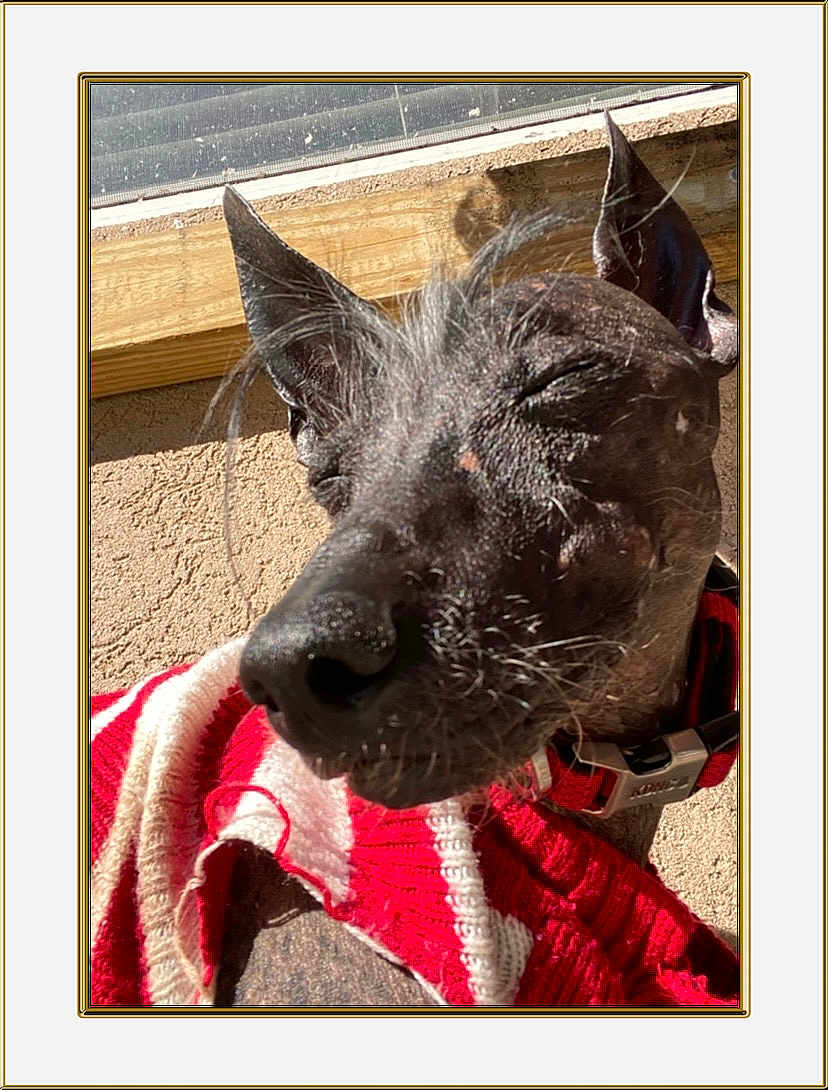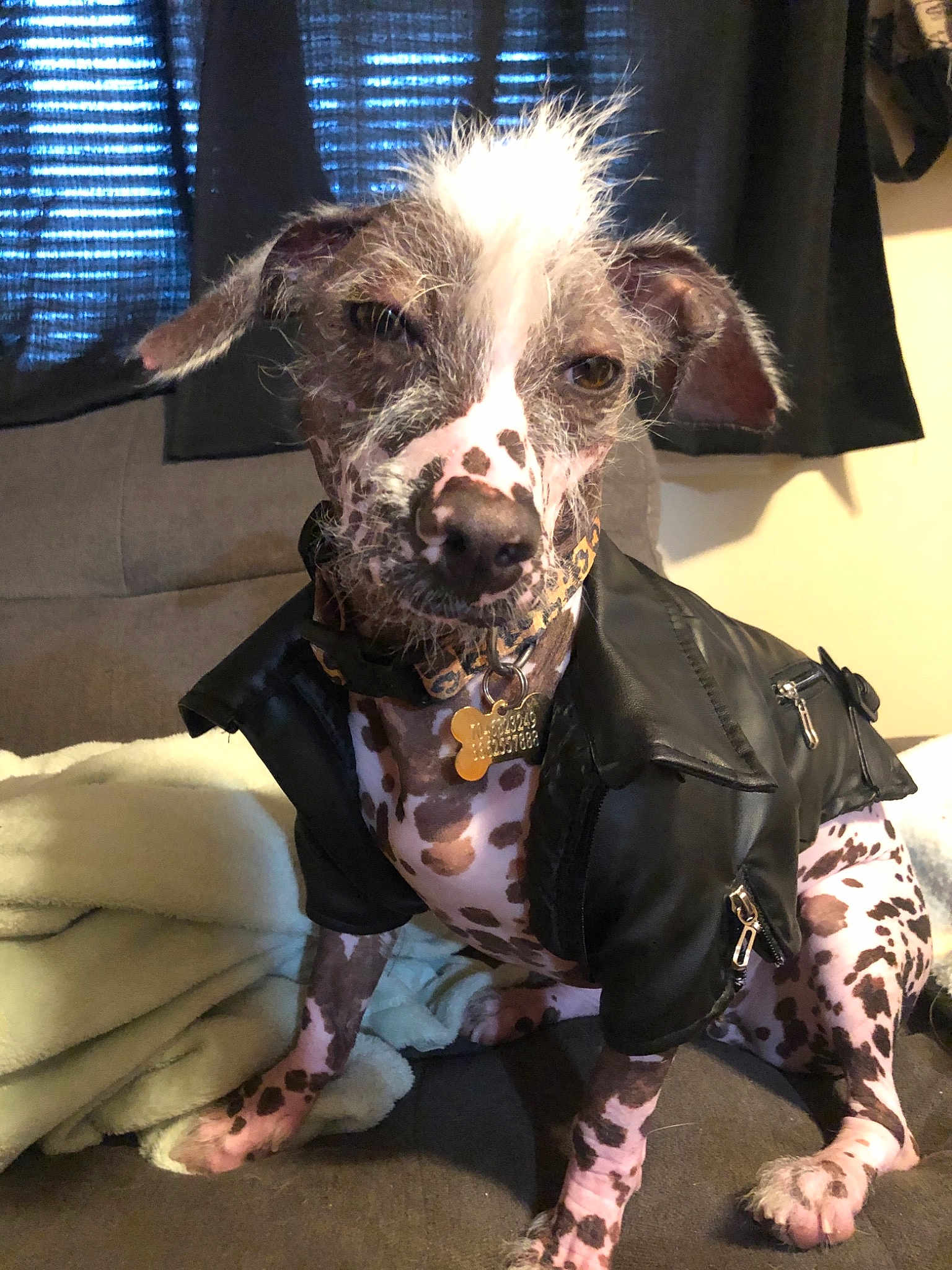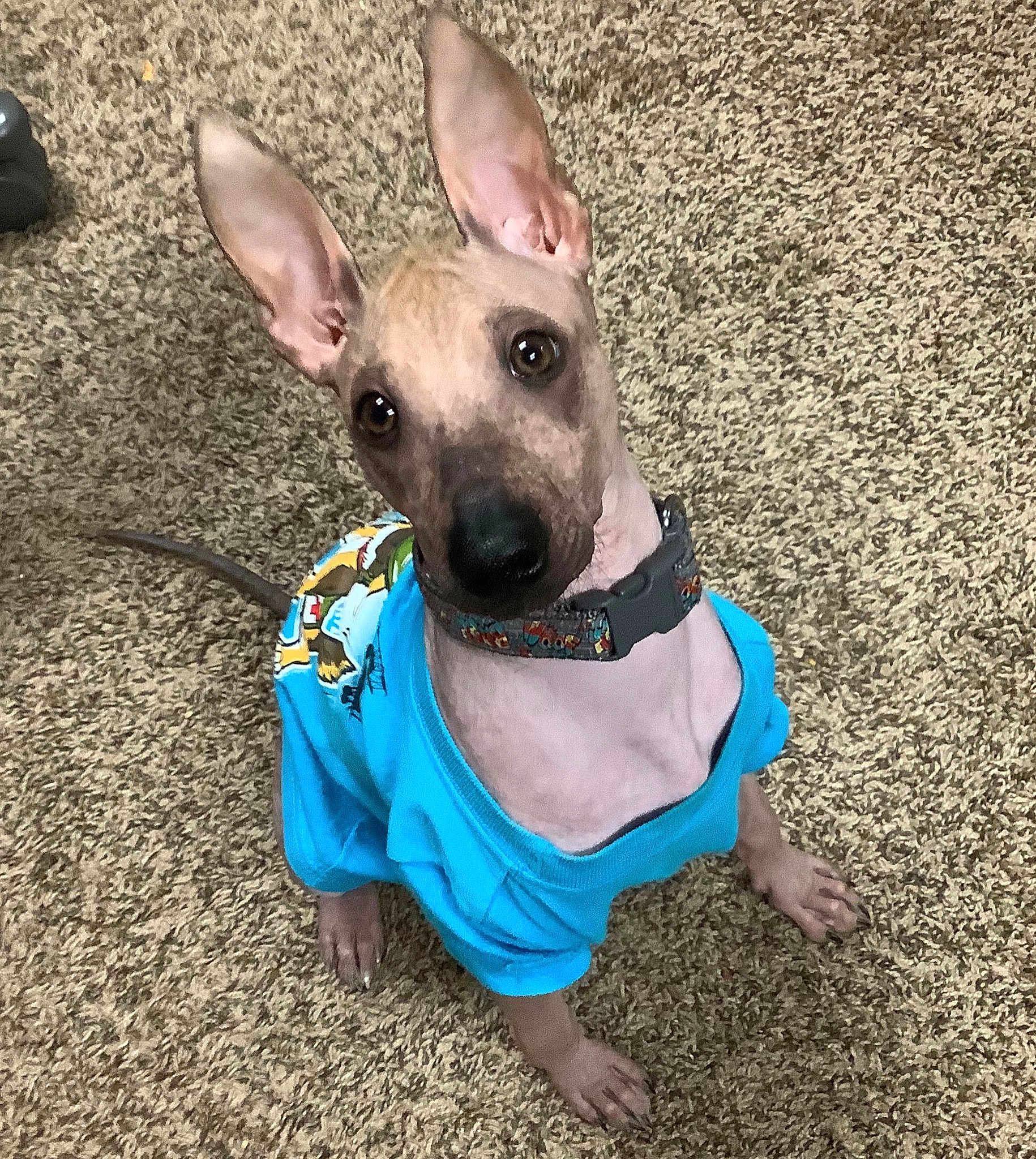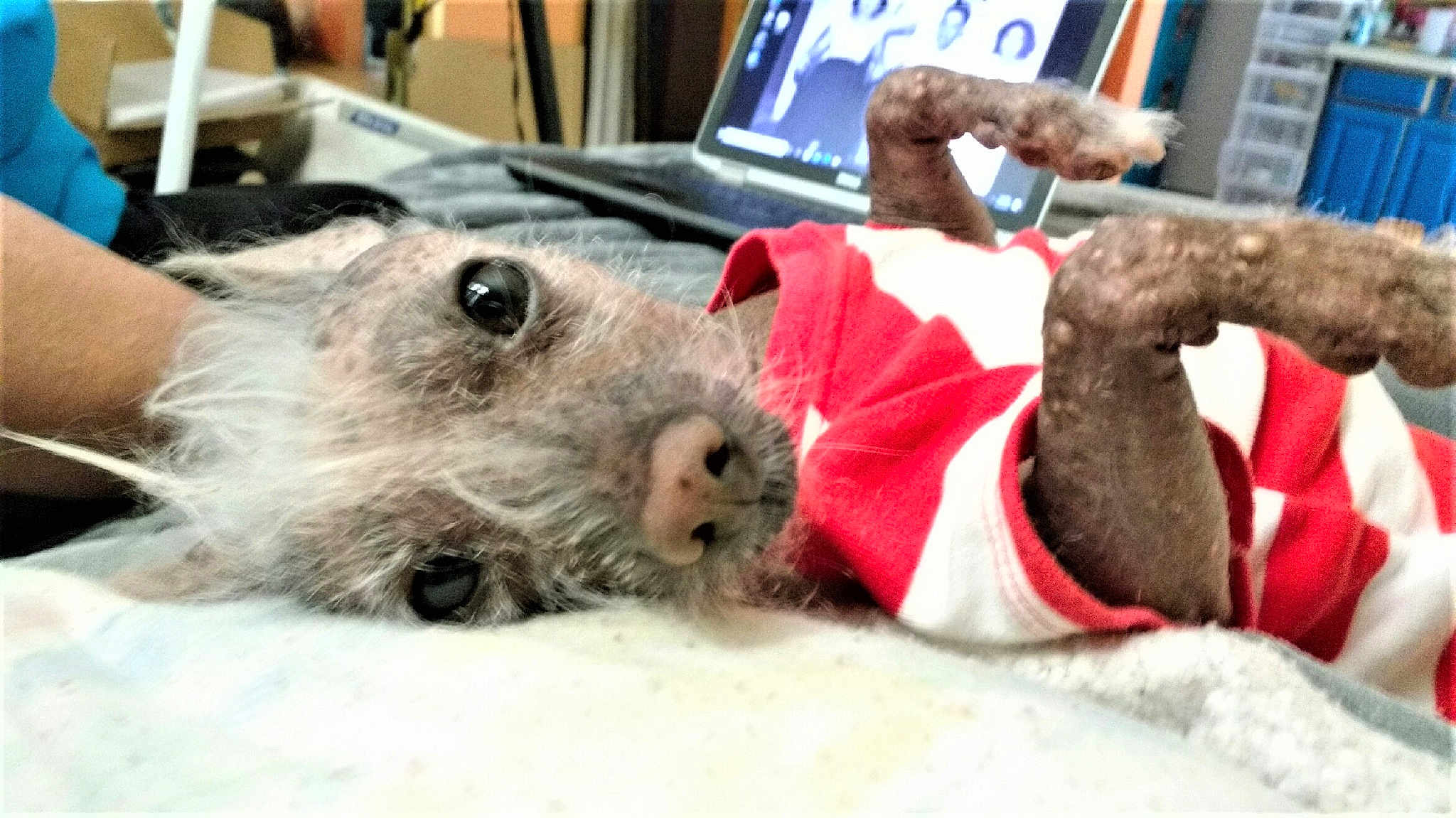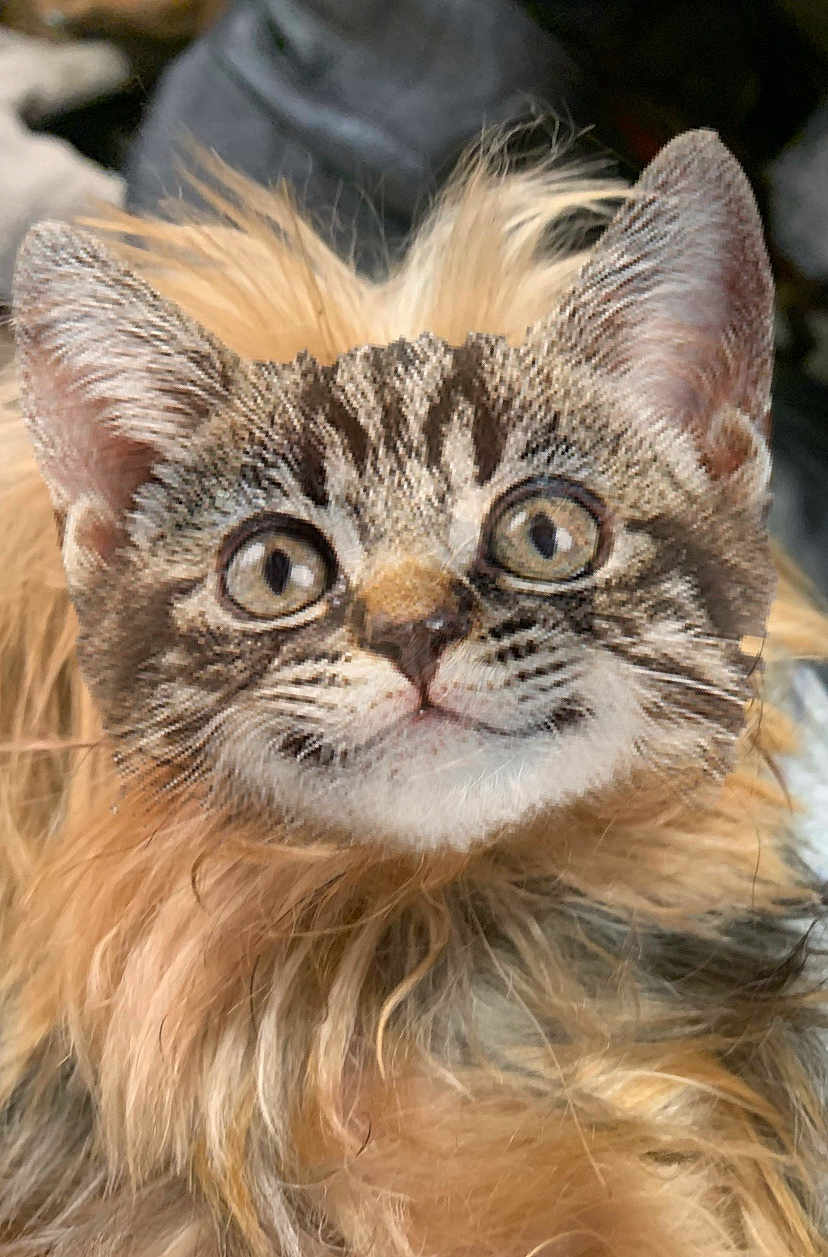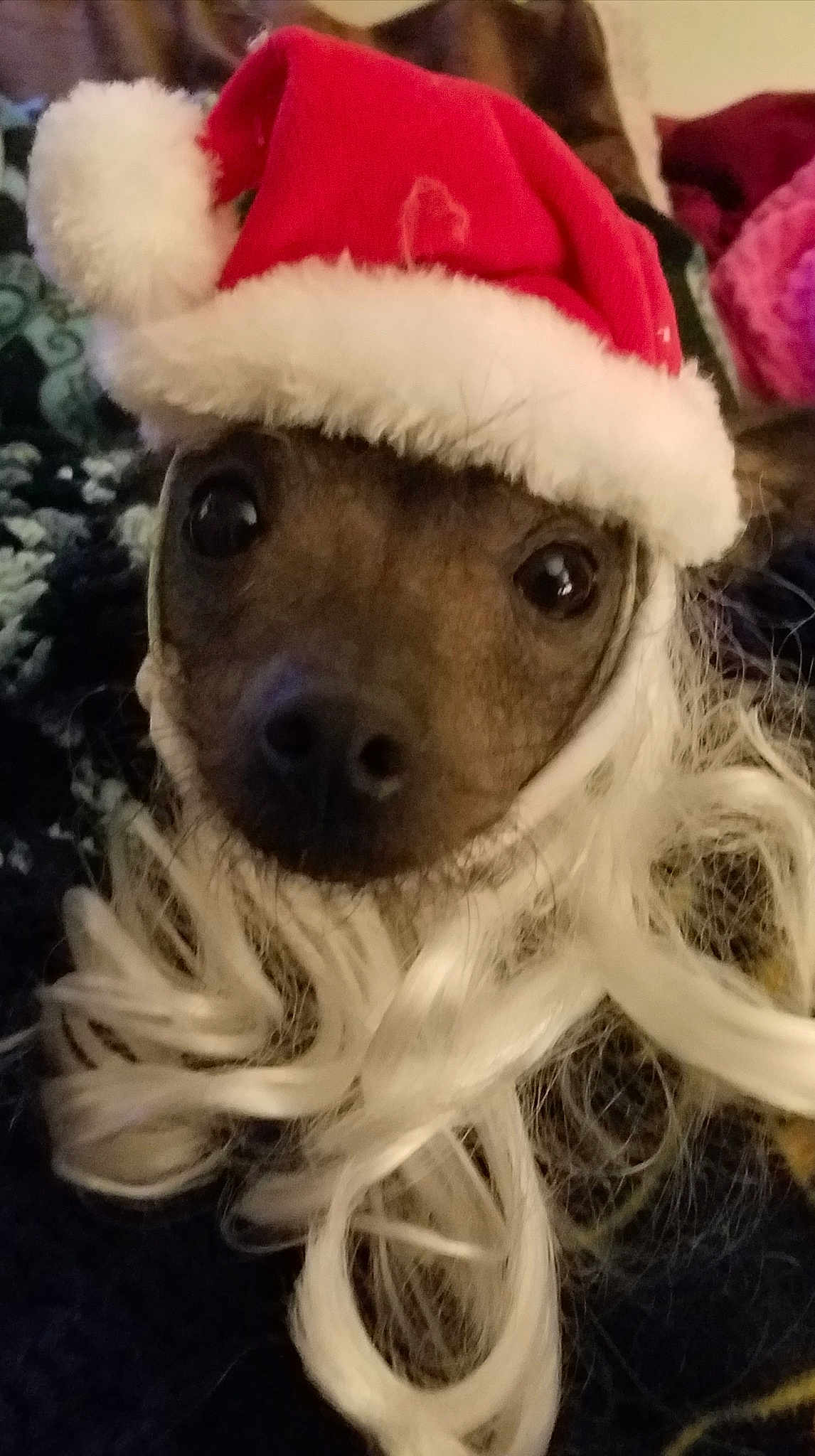Have you ever heard about the "dog of the Aztecs"? The Xoloitzcuintle, or Xolo for short, is an ancient, hairless breed dating back over 3,000 years. This unique and historically significant breed, named after the Aztec god Xolotl, offers a distinct glimpse into the diverse world of dog breeds and their cultural legacies.
Personality and Behavior of the Xoloitzcuintle
The Xoloitzcuintle is often described as a loyal and intelligent dog with a calm and even-tempered demeanor. Known for its alertness and protective instincts, the Xolo makes an excellent watchdog. These dogs form strong bonds with their human families and may show a reserved nature around strangers. However, once a Xoloitzcuintle trusts you, you'll find a courageous and affectionate companion by your side.
Xolos are highly adaptable and can thrive in various living environments, from bustling urban apartments to serene suburban homes. Despite their often quiet and composed nature, they enjoy periods of playfulness and exercise. Providing them with ample opportunities to play and engage in physical activities helps maintain their mental and physical well-being.
A notable aspect of the Xoloitzcuintle's behavior is their sensitivity. Xolos are known to be in tune with their owners' emotions, often acting as emotional barometers for their human companions. This sensitivity makes them excellent therapy and companion dogs, offering comfort and companionship during times of need.
One surprising detail about the Xoloitzcuintle breed is that they were considered sacred by the Aztecs, believed to guide souls to the afterlife, showcasing their deep cultural significance and the long-standing relationship between humans and dogs.
Meanings, History and Origins of the name Xoloitzcuintle
The name Xoloitzcuintle is a compound of the Nahuatl words "Xolotl," referring to the Aztec god of lightning and death, and "itzcuintli," meaning dog. This highlights the breed’s divine association in ancient Mesoamerican cultures, where they were not only revered as companions but also played a significant role in religious rituals and mythology.
Researchers have found archaeological evidence of the Xolo dating back to 3,000 years in Mesoamerica. The Aztecs, Mayans, and Toltecs highly valued these dogs, using them in ceremonies and as therapeutic animals. Their presence in ancient art and pottery provides a window into their historical prominence.
Despite their ancient origins, the Xoloitzcuintle nearly faced extinction during the Spanish conquest of the Aztec empire. However, their population persisted, particularly in remote Mexican villages. The breed experienced a resurgence in the 20th century, thanks to the efforts of breed enthusiasts dedicated to preserving this historical lineage.
Today, the Xoloitzcuintle is recognized for its historical and cultural legacy, making it a cherished breed among dog lovers and historians alike. Their name continues to carry the weight of their rich heritage, symbolizing their enduring connection to ancient civilizations.
Popularity of the Xoloitzcuintle
The Xoloitzcuintle has enjoyed a steady increase in popularity, particularly within the dog lover community that appreciates unique and historically rich breeds. While not as common as other breeds, the Xolo's distinctive appearance and intriguing history have earned it a dedicated following.
In English-speaking countries, the Xoloitzcuintle has gradually gained recognition. For instance, the American Kennel Club (AKC) recognized the breed in 2011, bolstering its visibility within the United States. Dog enthusiasts often regard owning a Xolo as a mark of genuine interest in canine heritage and cultural appreciation.
Beyond North America, the Xolo remains a symbol of national pride in Mexico. Its status as Mexico's national dog reinforces its significance and has increased efforts to promote the breed's preservation and awareness. The Xoloitzcuintle is also celebrated in Mexican art, literature, and even iconic events like the annual Day of the Dead festivities.
The breed's international appeal is growing, with enthusiasts in Europe and Asia also showing interest. Social media platforms have played a significant role in spreading awareness about the Xolo, connecting breeders and owners around the globe and showcasing the breed’s unique qualities.
Health and Care of the Xoloitzcuintle
Caring for the Xoloitzcuintle involves attention to specific health and grooming needs due to its unique hairless trait. Despite the lack of fur, Xolos are quite hardy and generally experience fewer health issues compared to other breeds. Nevertheless, potential owners should be aware of and mitigate common conditions like dental problems and skin sensitivities.
Skin care is paramount for the Xoloitzcuintle. Without a coat for protection, their skin needs regular care to prevent dryness and sunburn. Applying sunscreen during sunny outings and moisturizing their skin can help maintain its health. Bathing should be done with gentle, non-irritating products to avoid skin irritation.
Diet is another crucial aspect. Xolos benefit from a balanced diet that supports their skin health and overall well-being. High-quality dog food fortified with essential vitamins and minerals promotes a healthy coat and skin, while ensuring proper dental care with regular brushing can prevent issues related to gum disease and tartar buildup.
Regular vet check-ups are essential for maintaining the Xoloitzcuintle's health. Early detection of potential health issues and consistent preventive care can contribute to a long and healthy life for this distinctive breed.
Training and Education of the Xoloitzcuintle
The Xoloitzcuintle is an intelligent and trainable breed, though they may exhibit a stubborn streak at times. Positive reinforcement methods, such as praise, treats, and play, work best to encourage good behavior and learning. Training sessions should be consistent yet engaging, keeping the dog’s attention and interest.
Early socialization is critical. Exposing a Xolo to various environments, people, and other animals during their formative months helps develop a well-rounded temperament. This breed responds well to gentle handling and consistent routines, benefiting from a stable, structured environment.
Challenges in training can include managing their sensitive nature. Xolos may not respond well to harsh training methods or environments filled with excessive noise and chaos. Tailoring training approaches to be calm, patient, and understanding fosters a trusting and cooperative relationship between the dog and owner.
Ongoing mental stimulation is beneficial for the Xoloitzcuintle. Interactive toys, puzzle games, and regular training exercises can help keep their minds sharp. Encouraging participation in dog sports or activities that align with the breed’s natural abilities, such as agility or obedience trials, can also be very rewarding.
Choosing the right dog for you involves considering factors like lifestyle, living environment, and personal preferences. The Xoloitzcuintle, with its rich cultural heritage, unique appearance, and loyal nature, can be an excellent match for those who appreciate history and enjoy a close, affectionate bond with their canine companion.
The Xoloitzcuintle is more than just a dog; it's a living piece of history with a lineage tracing back millennia. At KingPet, we see numerous Xoloitzcuintles participating in our contests, captivating hearts with their unique charm and elegance. Choosing a Xolo can bring a profound connection to ancient cultures right into your home, making it a truly exceptional choice for any dog lover.









